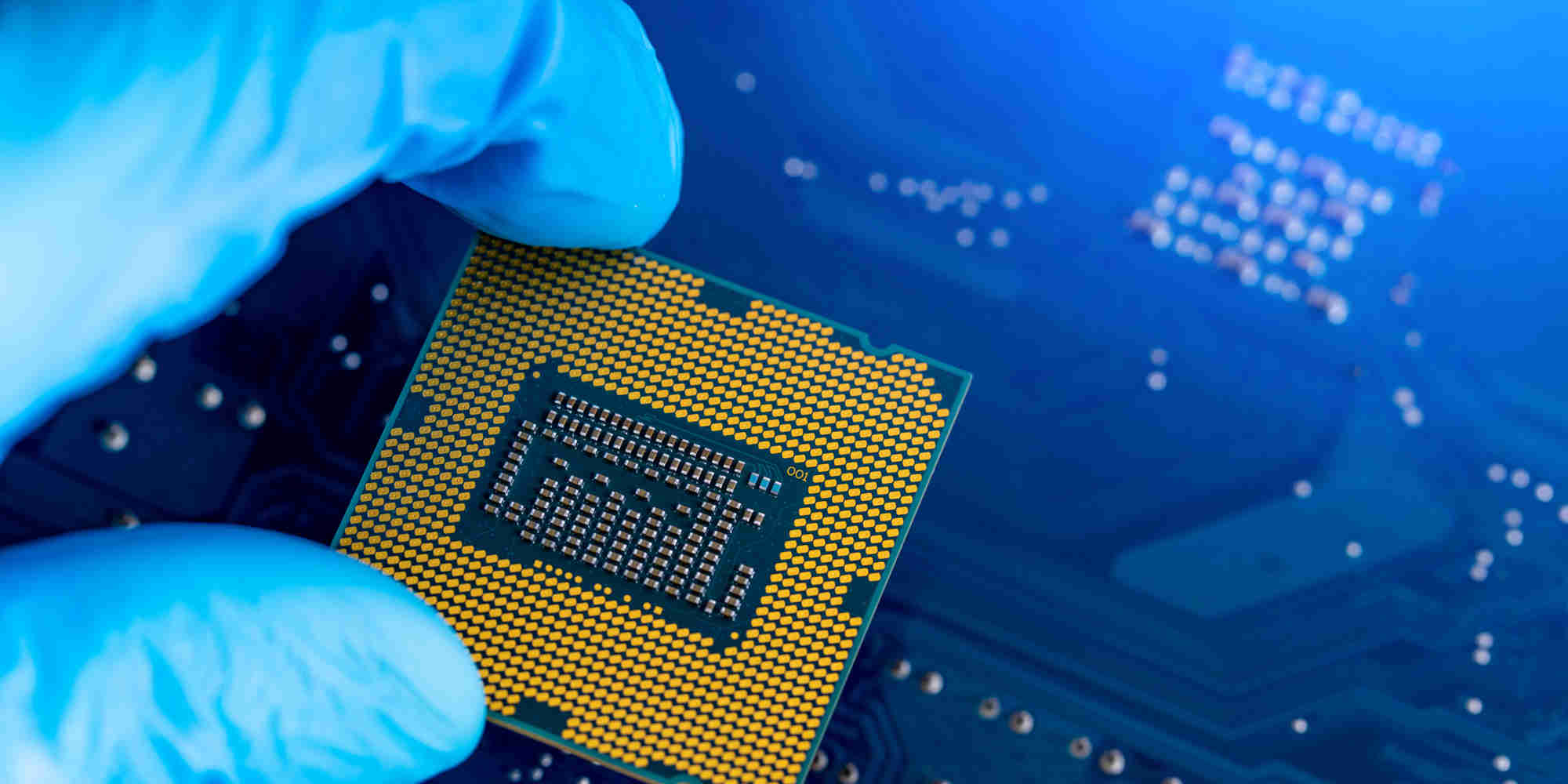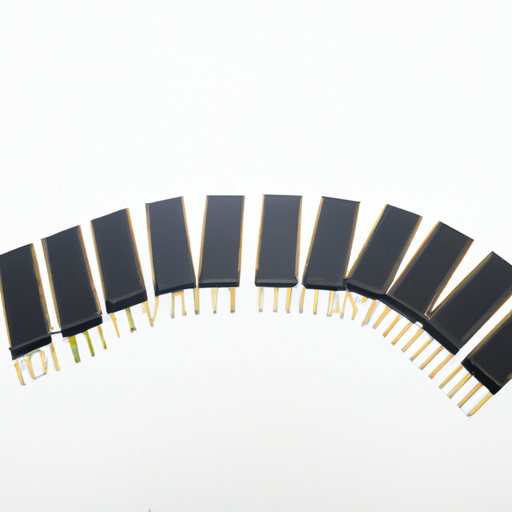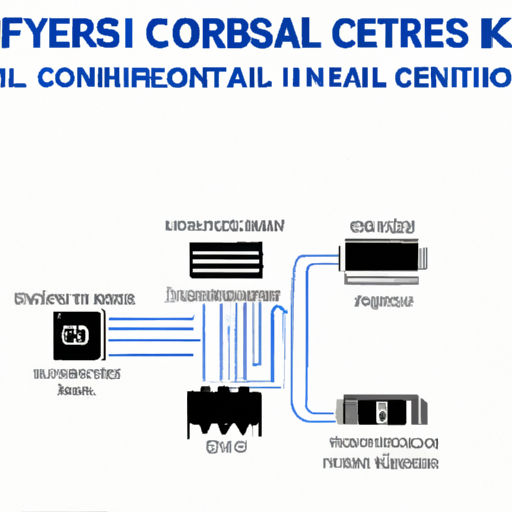CORE_COMPETENCE
Product_Leaders
index_more
index_more_content
info_item01
info_item_content01
info_item02
info_item_content02
info_item03
info_item_content03
info_item04
info_item_content04
NEWS
NEWS
application development in RF and Wireless for CFR-25JB-52-1K: key technologies and success stories
Application Development in RF and Wireless for CFR-25JB-52-1K: Key Technologies and Success StoriesApplication development in RF (Radio Frequency) and wireless technologies, particularly in the context of CFR-25JB-52-1K, encompasses a variety of key technologies and methodologies that facilitate effective communication and data transfer across numerous applications. While CFR-25JB-52-1K may refer to a specific RF component or standard, the following overview highlights essential technologies and notable success stories in RF and wireless application development.
Key Technologies in RF and Wireless Development1. Modulation Techniques2. RF Components3. Antenna Technology4. Wireless Standards5. Software-Defined Radio (SDR)6. IoT (Internet of Things)7. Network Protocols1. Smart Cities2. Telemedicine3. Industrial Automation4. Connected Vehicles5. Smart Agriculture6. Consumer Electronics Success Stories in RF and Wireless Application Development ConclusionThe development of RF and wireless applications, particularly in the context of standards like CFR-25JB-52-1K, is propelled by advancements in modulation techniques, RF components, antenna technology, and IoT integration. The success stories across various sectors illustrate the transformative impact of these technologies, enhancing efficiency, connectivity, and user experience. As the demand for wireless communication continues to rise, ongoing innovation in this field will be essential for addressing future challenges and seizing new opportunities.
2025-04-19
CFR-50JB-52-1K Integrated Circuits (ICs) highlighting the core functional technology articles and application development cases of Integrated Circuits (ICs) that are effective.
Overview of Integrated Circuits (ICs) and the CFR-50JB-52-1KIntegrated Circuits (ICs) are essential components in modern electronics, enabling the miniaturization and functionality of devices across various applications. While the CFR-50JB-52-1K may not be widely recognized, understanding the general landscape of ICs can provide insights into its potential applications and technologies.
Core Functional Technologies of Integrated Circuits (ICs)1. Digital Logic Circuits2. Analog Circuits3. Mixed-Signal ICs4. Power Management ICs (PMICs)5. RF and Communication ICs6. Memory ICs1. Consumer Electronics2. Automotive Applications3. Industrial Automation4. Healthcare5. Internet of Things (IoT) Application Development Cases ConclusionIntegrated circuits are foundational to the advancement of modern electronics, enabling a diverse range of applications across various industries. The effectiveness of ICs stems from their ability to integrate multiple functions into a single chip, which reduces size, cost, and power consumption while enhancing performance. As technology continues to evolve, the development of more advanced ICs will drive innovation in emerging fields such as artificial intelligence, 5G communication, and smart technologies. For specific information about the CFR-50JB-52-1K IC, including its datasheet, specifications, and application notes, it is advisable to consult the manufacturer's documentation or technical resources. This will provide detailed insights into its capabilities and potential applications.
2025-04-18

























